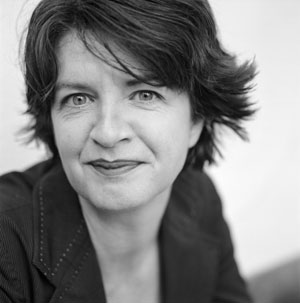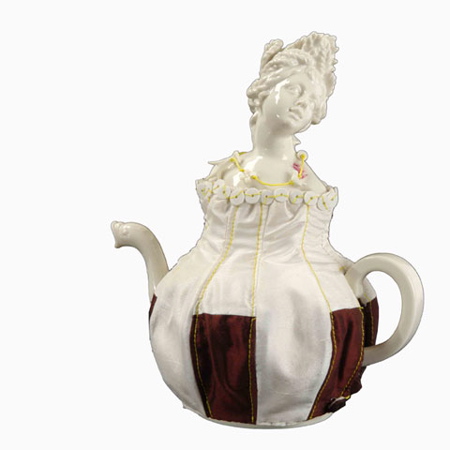
Chris Gustin was born in Chicago in 1952 and went to the University of California studying biology and sociology. Because of his family business in working on several commercial ceramic manufacturing companies, he always had an interest in clay and realized that he wanted to continue to work in ceramics. In 1970, he quit school and became the factory foreman and manager at Wildwood ceramics. It wasn’t until 1972 that he went on to attend Kansas Art Institute and got his BFA in ceramics in 1975. Two years later he was invited to be an assistant professor in ceramics in Boston University and later became associate professor at the University of Massachusetts. He retired 1999 from teaching to fully devote himself to his studio work and tile production company “Gustin Ceramics Tile Production.”

His work is exhibited at several museums, including the Collection of the Currier Museum in Manchester, New Hampshire and the Collection of the Fuller Museum in Brockton, Massachusetts.
With his work, he aspires to create work that connect to the human figure and the personal touch of its maker; creating interesting asymmetrical and almost organic vessel. His work is meant to be explored, both with the eye and through touch that changes in different perspectives. He works with many different forms, including platters, teapots and vases. His platters are decorated with different abstract forms, some in which appear to lift up from the surface. His teapots and vases create an interesting form of abstractness, almost alluding to the collision of many different parts of vessels from throughout time. “The enormous ceramic vessels are beautiful and imposing,” said Kaizaad Kotwal, or the Columbus Dispatch. “Their scale, lyrical curves and detailed patinas are unique.” Gustin’s work is rather grand, sometimes measuring to 50 inches in width. Glen R. Brown describes his works “reflect an abstract logic of accretion that is only grasped by the viewer through a ‘rational’ assessment of the vessels’ structural properties. The balance between emotion and logic, gut reaction and reasoned response.” To see more of his work, visit his website here: http://www.gustinceramics.com/index.html and a link to Glen R. Brown’s article: http://www.gustinceramics.com/sculpture/Arts&Perceptionarticle/artsandperception.html
















